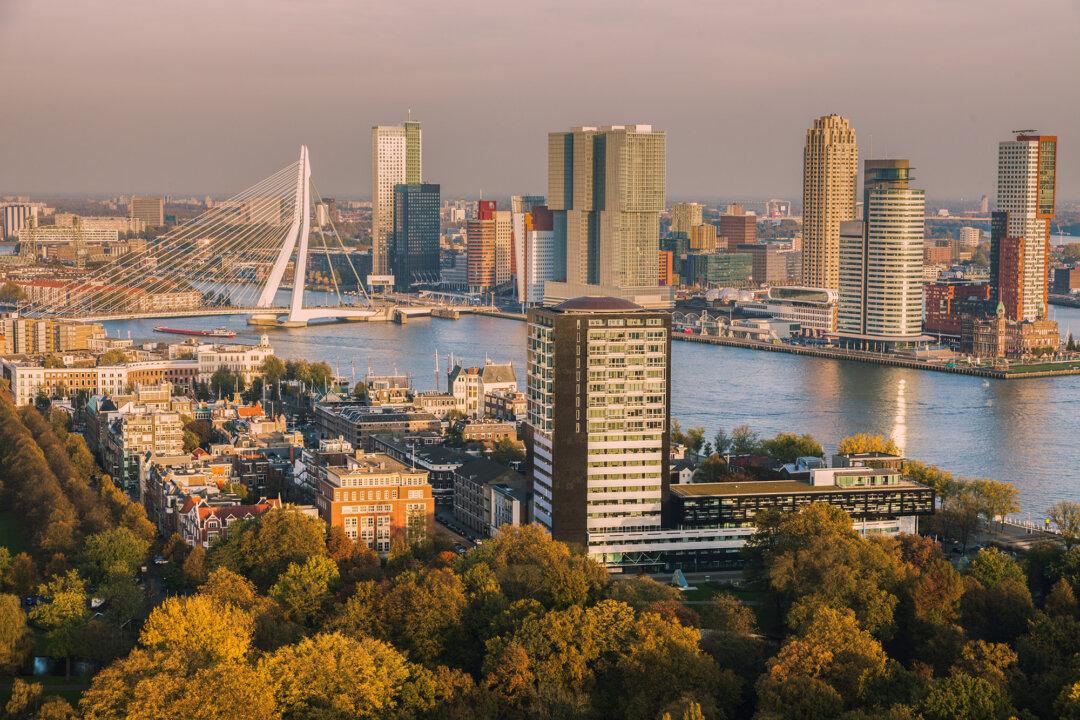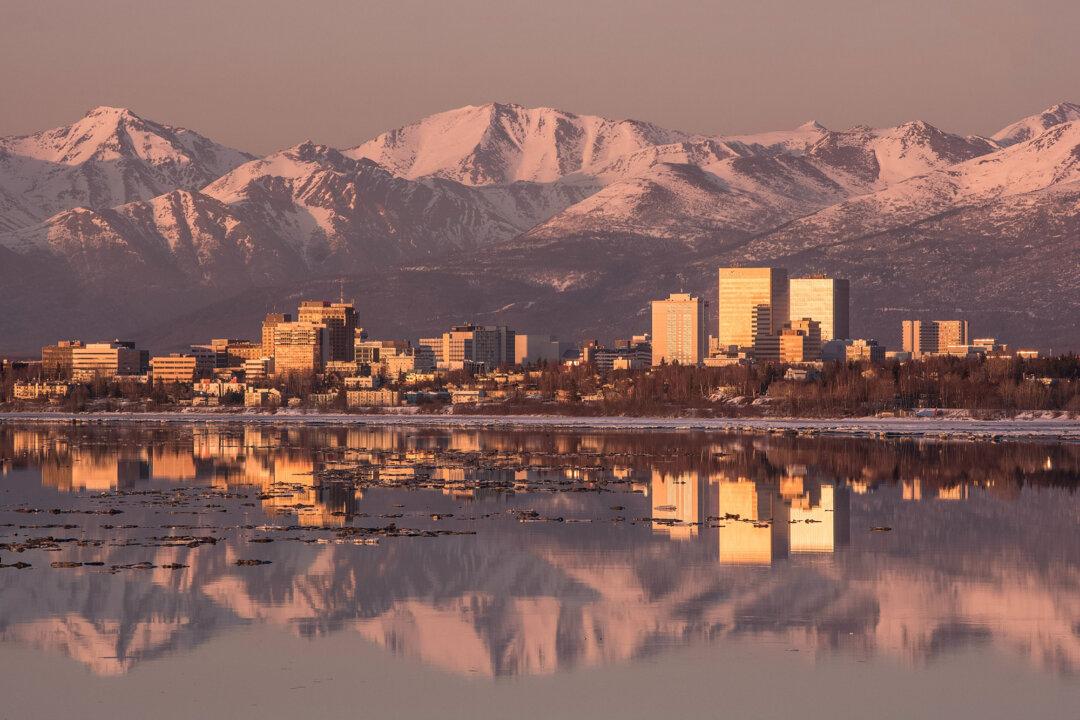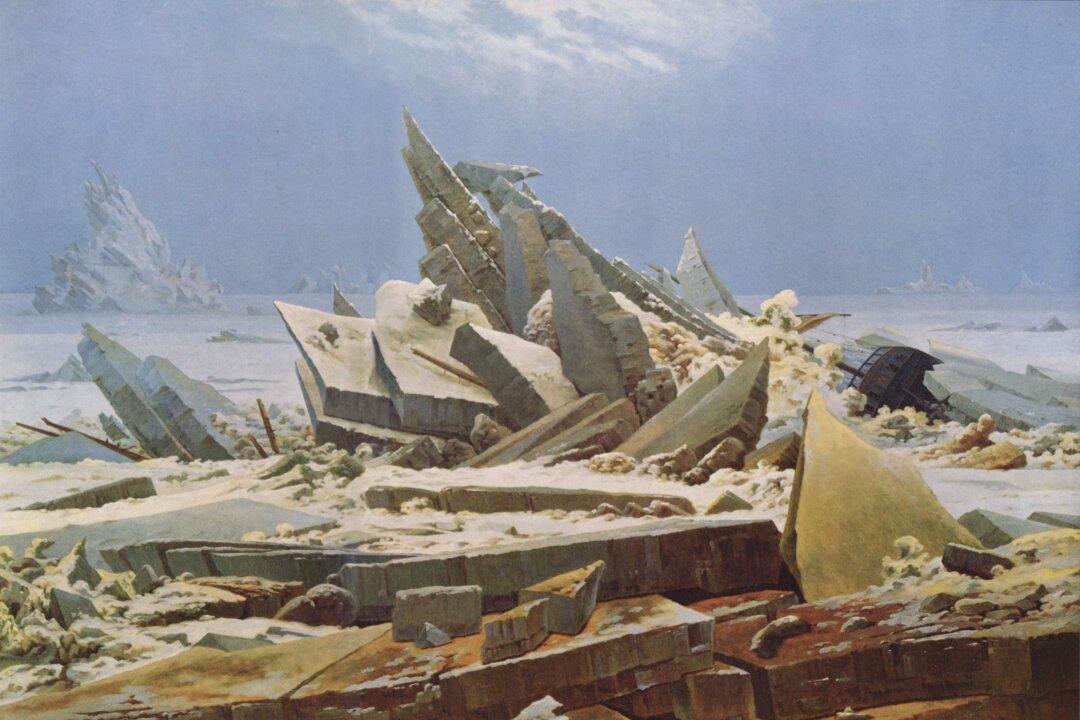It was a sunny Saturday morning, warm for early spring, and the city was bustling with life. Families pushing strollers. Earnest cyclers on the back of their bikes. Smiling couples walking together, stride for stride, perhaps heading into the center of the city for some shopping and a bit of brunch.
But as we cruised along in his black taxi, Mark Neil remembered a different time—when these same streets were a war zone. And it wasn’t so long ago. Bombings and shootings were an everyday, routine occurrence. “Downtown was a neutral zone. But just to get here, you might be searched 20, even 30 times,” he said, his voice steady, his searching eyes telling me that they have certainly seen many, many things.





